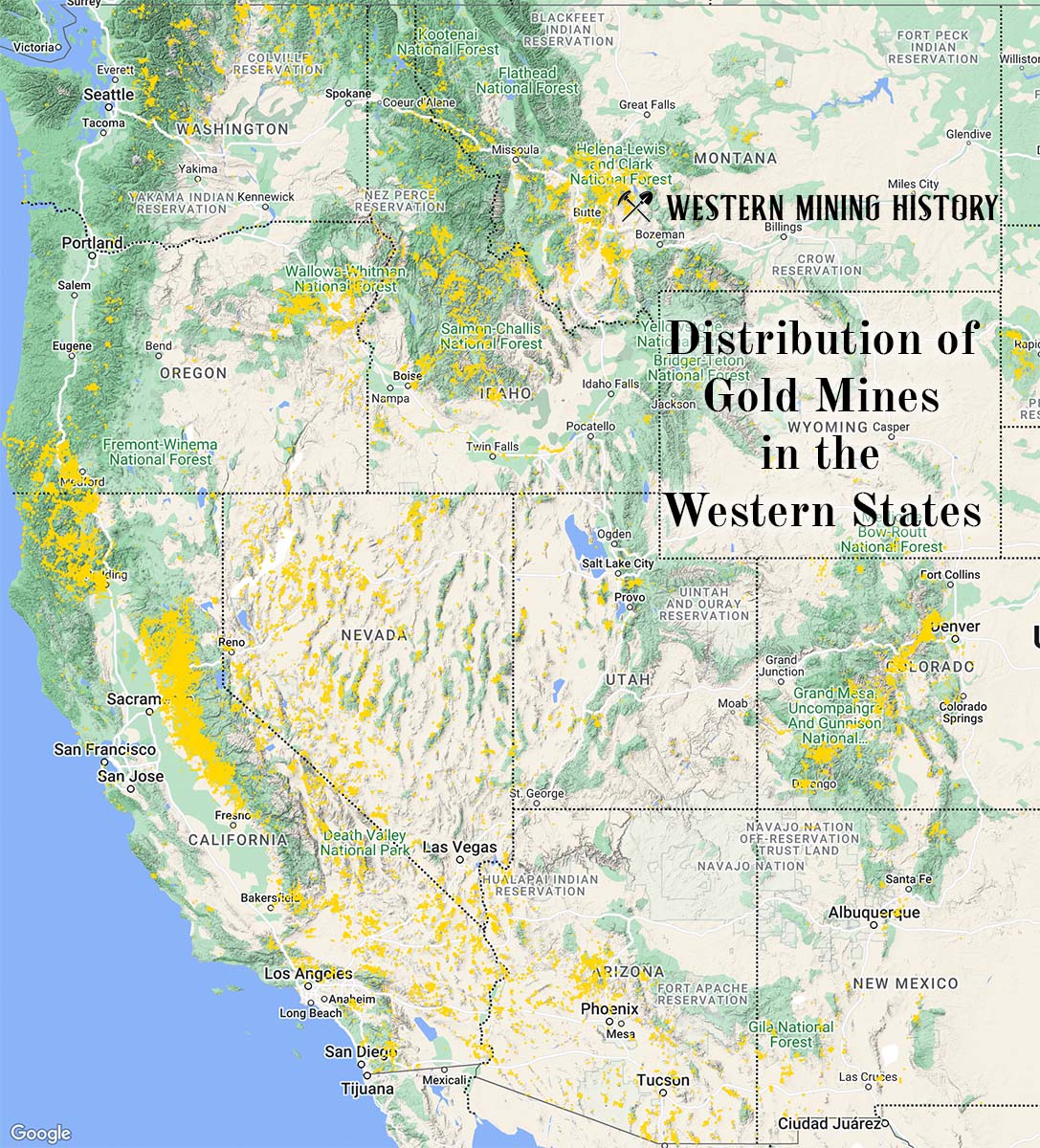The Fish Creek is a lead, copper, gold, silver, and zinc mine located in Alaska.
About the MRDS Data:
All mine locations were obtained from the USGS Mineral Resources Data System. The locations and other information in this database have not been verified for accuracy. It should be assumed that all mines are on private property.
Mine Info
Elevation:
Commodity: Lead, Copper, Gold, Silver, Zinc
Lat, Long: 55.993, -130.04600
Map: View on Google Maps
Fish Creek MRDS details
Site Name
Primary: Fish Creek
Secondary: Olympia
Secondary: Starboard
Secondary: Nevada
Commodity
Primary: Lead
Primary: Copper
Primary: Gold
Primary: Silver
Primary: Zinc
Secondary: Tungsten
Location
State: Alaska
District: Hyder
Land Status
Not available
Holdings
Not available
Workings
Not available
Ownership
Not available
Production
Not available
Deposit
Record Type: Site
Operation Category: Past Producer
Operation Type: Unknown
Years of Production:
Organization:
Significant:
Physiography
Not available
Mineral Deposit Model
Model Name: Polymetallic veins
Orebody
Not available
Structure
Not available
Alterations
Not available
Rocks
Not available
Analytical Data
Not available
Materials
Ore: Arsenopyrite
Ore: Chalcopyrite
Ore: Galena
Ore: Pyrite
Ore: Pyrrhotite
Ore: Scheelite
Ore: Sphalerite
Ore: Tetrahedrite
Gangue: Quartz
Comments
Comment (Reference): Primary Reference = Buddington, 1929 (B807)
Comment (Production): Production Notes = Several, probably small, lots of sorted ore were shipped from the Olympia and Starboard claims in 1916 and 1917.
Comment (Deposit): Model Name = Polymetallic veins (Cox and Singer, 1986; model 22c)
Comment (Workings): Workings / Exploration = Samples of ore from the Olympia and Starboard claims assayed 103-706 oz. Ag/ton, 17-39% Pb, trace to 7% Cu, and less than 1.0 oz. Au/ton. In addition to numerous surface pits, trenches, and opencuts, underground workings in the early 1900s included several adits up to 70 feet long on the Starboard claim; adits, raises, and drifts as long as 360 feet on the Olympia claim; and a 25-foot drift on the Nevada claim (Buddington, 1929; Maas and others, 1995).
Comment (Geology): Geologic Description = The country rocks in the area of this site include: pelitic metasedimentary and subordinate andesitic metavolcanic strata of the Jurassic or Triassic Hazelton Group; recrystallized granodiorite of the Triassic Texas Creek Granodiorite, which intrudes the Hazelton rocks; quartz monzonite and granodiorite of the Hyder Quartz Monzonite batholith, which intrudes the Hazelton and Texas Creek rocks; and Tertiary lamprophyre dikes, which intrude all of the foregoing rock units (Buddington, 1929; Smith, 1973, l977; Berg and others, 1988). The deposit consists of sulfide-bearing quartz fissure veins up to 3 feet thick in (Texas Creek) granodiorite near its contact with Hazelton greenstone, graywacke, and slate (Buddington, 1929, p. 68-71; Byers and Sainsbury, 1956, p. 138; Elliott and others, 1978, loc. 3). The sulfide minerals in the veins are chiefly galena, sphalerite, pyrite, tetrahedrite, and chalcopyrite. Locally, the veins contain lenticular masses of pyrrhotite accompanied by minor chalcopyrite, pyrite, and arsenopyrite; some of the veins contain small amounts of scheelite. Samples of ore from the Olympia and Starboard claims assayed 103-706 oz. Ag/ton, 17-39% Pb, trace to 7% Cu, and less than 1.0 oz. Au/ton. Development work in the early 1900s included numerous surface pits, trenches, and opencuts, and several hundred feet of underground workings (Buddington, 1929). Several, probably small, lots of sorted ore were shipped from the Olympia and Starboard claims in 1916 and 1917. Maas and others (1995, p. 254) suggest that the age of the sulfide-bearing quartz fissure vein deposits on the Olympia 4-6 and Starboard claims (p. 261 and fig. 66) is Eocene, based on similarities in mineralogy, structural setting, and hostrock, to lead-isotope-dated Eocene deposits nearby in the Hyder district. If so, the age of the deposit is roughly contemporaneous with emplacement of the Hyder Quartz Monzonite batholith.
Comment (Geology): Age = Maas and others (1995, p. 254) suggest that the age of the sulfide-bearing quartz fissure vein deposits on the Olympia 4-6 and Starboard claims (p. 261 and fig. 66) is Eocene, based on similarities in mineralogy, structural setting, and hostrock, to lead-isotope-dated Eocene deposits nearby in the Hyder district. If so, the age of the deposit is roughly contemporaneous with emplacement of the Hyder Quartz Monzonite batholith.
References
Reference (Deposit): Buddington, A.F., 1929, Geology of Hyder and vicinity, southeastern Alaska, with a reconnaissance of Chickamin River: U.S. Geological Survey Bulletin 807, 124 p.
Reference (Deposit): Byers, F.M., and Sainsbury, C.L., 1956, Tungsten deposits of the Hyder district, Alaska: U.S. Geological Survey Bulletin 1024-F, p. 123-140.
Reference (Deposit): Smith, J.G., 1973, A Tertiary lamprophyre dike province in southeastern Alaska: Canadian Journal of Earth Sciences, v. 10, p. 408-420.
Reference (Deposit): Smith, J.G., 1977, Geology of the Ketchikan D-1 and Bradfield Canal A-1 quadrangles, Alaska: U.S. Geological Survey Bulletin 1425, 49 p.
Reference (Deposit): Elliott, R.L., Berg, H.C., and Karl, Susan, 1978, map and table describing metalliferous and selected nonmetalliferous mineral deposits, Ketchikan and Prince Rupert quadrangles, Alaska: U.S. Geological Survey Open-file Report, 78-73-B,17 p., scale 1:250,000.
Reference (Deposit): Berg, H.C., Elliott, R.L., and Koch, R.D., 1988, Geologic map of the Ketchikan and Prince Rupert quadrangles, southeastern Alaska: U.S. Geological Survey Mineral Investigations Series Map MF-1807,27 p., scale 1:250,000.
Reference (Deposit): Maas, K.M., Bittenbender, P E., and Still, J.C., 1995, Mineral investigations in the Ketchikan mining district, southeastern Alaska: U.S. Bureau of Mines Open-File Report 11-95, 606 p.
Reference (Deposit): Berg, H.C., 1998, Alaska Resource Data File--Bradfield Canal quadrangle: U.S. Geological Survey Open-File Report 98-327, 181 p.
The Top Ten Gold Producing States

These ten states contributed the most to the gold production that built the West from 1848 through the 1930s. The Top Ten Gold Producing States.